Virtually every industrial application makes use of valves to control processes and flow of fluids by opening and closing or flappings in the case of ancient valves. Modern-day valves, however, have a more sophisticated manual or automatic mechanisms to regulate pressure and hence the fluid flow.
This sanitary ball valve is an example of the modern-day control valve. It makes use of a movable spherical disc to allow or block the flow of the fluid. The spherical disc inside the stationary body has a cylindrical hole that runs through it. The hole or port, as you may otherwise call it, permits fluid flow through the valve. Here’s how the ball valve is operated.
Mechanism of Operation — Quarter Turn
Fluid flow gets directed through the port by rotating the spherical disc. So the port gets aligned with the fluid pathway. Rotation can be manual or automatic. In manual, you make use of a handle to manipulate the valve’s port position. However, automatic valves actuators make the ball change position on its own.
In manual control, the handle is usually aligned with the port position. And all you have to do to is turning the handle through 90 degrees to orient the port to the fluid path.
Closing the valves means reversing the port position. So it’s perpendicular to the fluid paths effectively blocking the fluid flow. This 90-degree turn is why the ball valve falls into the category of other quarter turn valves.
But unlike its quarter turn valves counterparts, the sanitary ball valves simple design and mechanism of operation provide the typical control and tight shut-off suitable for use in sanitary applications.
Sanitary Ball Valve Applications
Sanitary ball valves are manufactured for applications that demand clean or hygienic processing. They’re usually used in biopharmaceutical, chemical, medical, food, beverage, dairy, and other personal care applications like cosmetics. The ball valve is deemed sanitary because:
- The valve limits crevices and cavities which would otherwise trap media and encourage bacterial activity.
- It makes use of but-weld, tri-clamp end, flanges, threads for tight-shut off to prevent contamination from outside sources.
- It makes use of FDA approved Teflon seats and other cavity fillers to limit fluid entrapment.
- It’s Aseptic because it has refined contact surfaces.
Sanitary Ball Valve Specifications
When getting sanitary ball valves for the various sterile processing applications, you have to consider what you need it for and its specifications such as diameter, operating temperature, material temperature, and the working pressure. The diameter measurement should be taken across the cylindrical port.
Measurement can be pipe measure (Nominal Pipe Size) or tubing measure (Outside Diameter, OD). Tubing measure is most common. Almost all sanitary piping measurements are taken in tube OD, which means the outside diameter of the tube should be the one considered.
You can also get sanitary ball valves with more than one inlet and outlet ports. For example, there’re sanitary ball valves with T or L port ball drilling that make them either: 2-way ball or 3-way ball valves. But radiuses have to be within the minimum standard to limit the entrapment of media.
Working pressure, on the other hand, is the level of pressure the valve has meant to function in. The standard pressure ratings are 800 PSI or 1000 PSI. The operating temperature is the ambient range of temperatures in which the valve functions well. Material temperature is the media (fluid) temperature the valve seat can handle.
Materials
Sanitary ball valves can be metallic or plastic. The following metal and their various alloys are the common choices: steel, copper, iron, brass, bronze, stainless steel and cast iron. Other noble alloys include the AL6XN and Hastelloy. However, they’re only available in limited size and quantities.
You can get the duplex and super duplex ball valves for corrosion resistant applications. Plastic options, on the other hand, are PVC, glass-reinforced nylon, CPVC, and PVDF. Plastic bodies are suitable for low temperature and pressure applications.
Cavity fillers for non-retention Sanitary Ball Valves include the following FDA approved hygienic elastomers: Teflon PTFE seat, Teflon plus Viton which prevents fluid retention and bacteria build up.
Depending on your preference you can get sanitary ball valves with the following manual or automatic actuator Pneumatic, Electric Motor, and Hydraulic.
Pneumatic actuators are stimulated by the air pressure while the liquid pressure controls the hydraulic actuators. Handle or lever types can go from the luxurious trigger systems to the locking pull-stop mechanism.
Design Features
Sanitary ball valves make use of the following features.
Sanitary ball valves can be designed with full-opening valves such that the ball port diameter matches the pipeline. This way, when opened, the fluid flows freely with virtually minimum pressure drop. The free flow makes the Full Port Type Sanitary Ball Valve suitable in applications that require inspections without stopping the fluid flow.
Sanitary ball valves can also have ports that are smaller than the pipeline. Thereby they reduce the flow surface area and in turn increasing velocity. It’s, however, not suitable for thick or less viscous fluids.
Ra is a measure used to categorize the quality of the contact surfaces. It’s determined by measuring the average distance between troughs and peaks of the metal surface. The measurement should be taken in micro-inches with 32 being the minimum Ra for a valve to be rendered as “sanitary.” Ra requirements in the various industrial applications differ, for biopharmaceutical, for example, the range is 15-20 Ra.
Having said that here’s a look at why sanitary ball valves are deemed Aseptic by many.
How Clean Are Sanitary Ball Valves?
Sanitary ball valves are mostly designed from polished steel. And they make use of FDA approved Teflon cavity fillers that limit fluid entrapment and bacteria growth. Also, the valve ends can be tri-clamp or butt-weld for tight sealing to minimize contamination from external environmental sources. Sanitary ball valve is therefore Aseptic and suitable highly sterile applications.
But when it comes to cleaning, there’s always been a catch though, you have to disassemble the valve to clean the fluids trapped in the internal crevices. However, this is changing as Simple Valves now offer the ability for clean-in-place (CIP) by using new designed Teflon (PTFE) seat Encapsulation. The encapsulation eliminates any internal crevices that would otherwise entrap fluids. This will lead to simple-maintenance in-site cleanable valves.
Get A Quote
As a manufacturer of stainless steel sanitary valves, SIMPLE VALVES aims to arm its potential customers with information that would help them in making an informed decision.
If you would like to contact one of our sales representatives, please feel free to email us at sales@simplevalves.com or submit your request directly in below form.
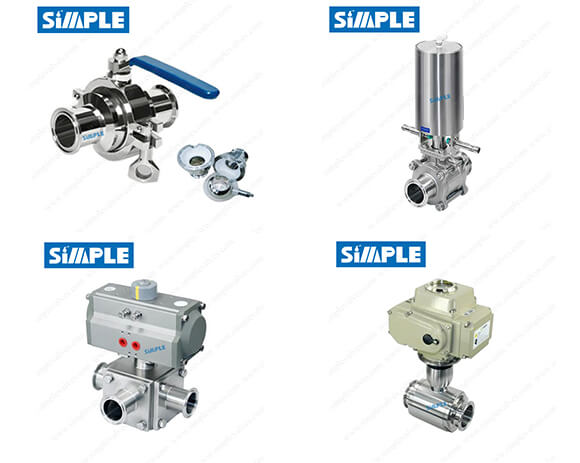
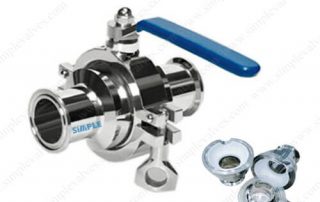
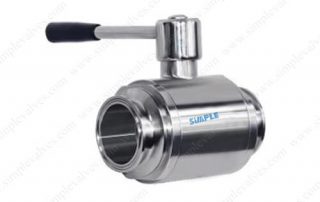
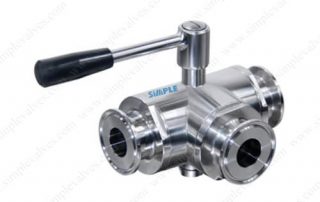
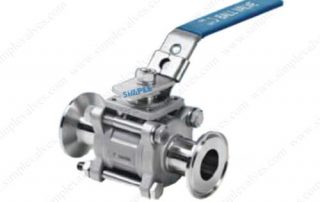
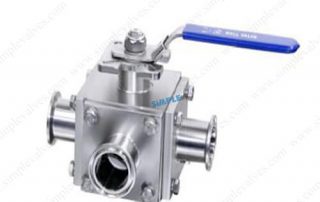
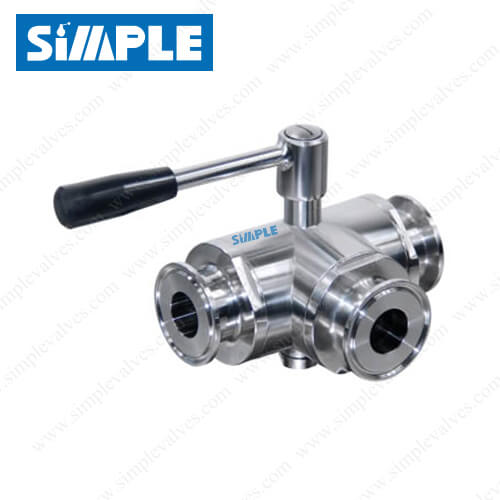
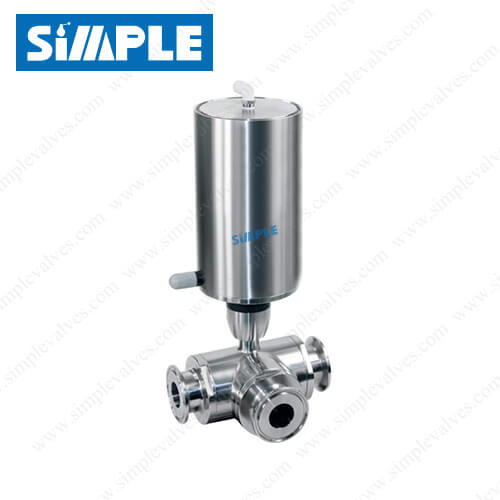
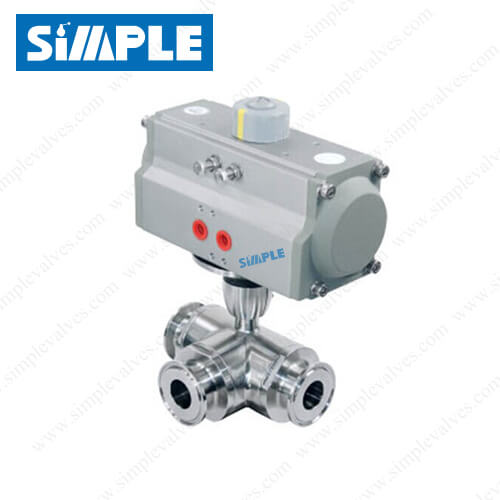
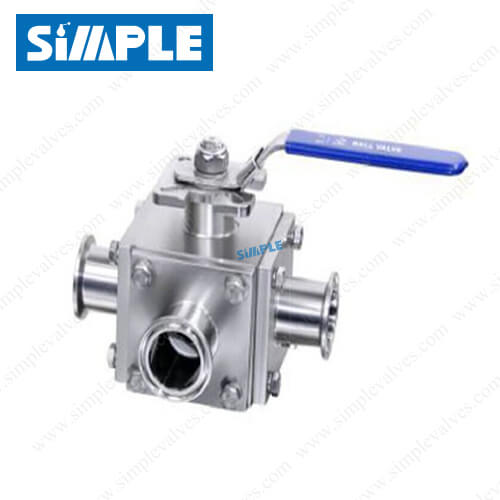
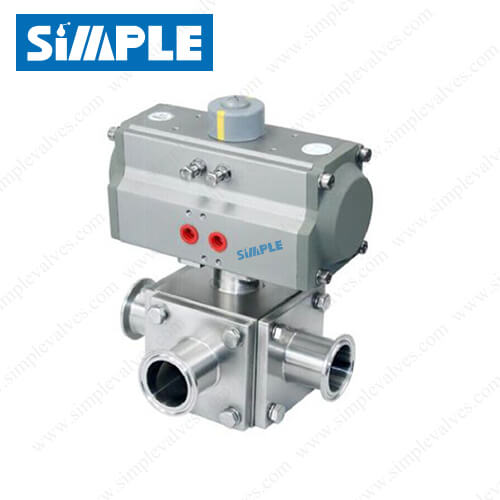
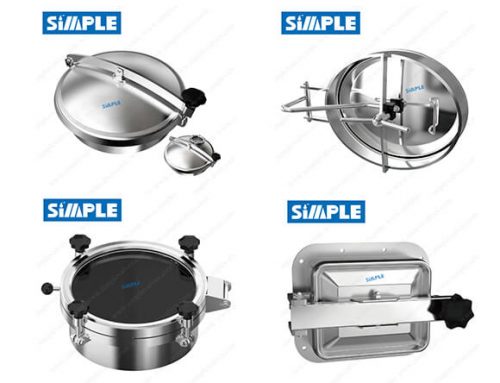
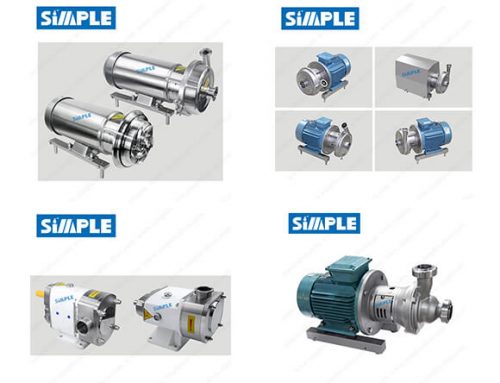
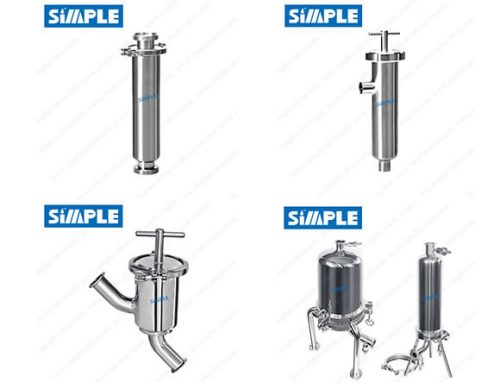
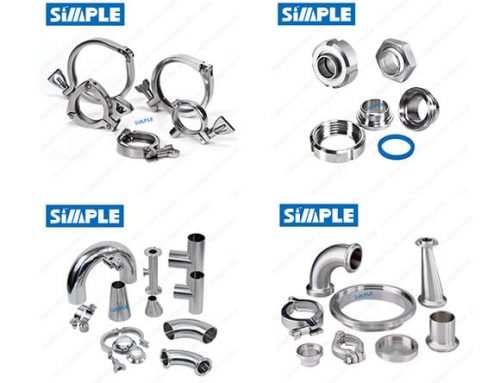
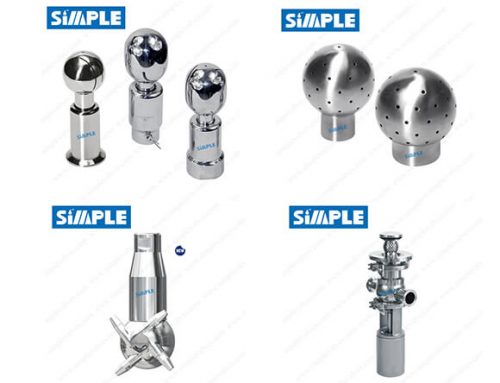
Leave A Comment